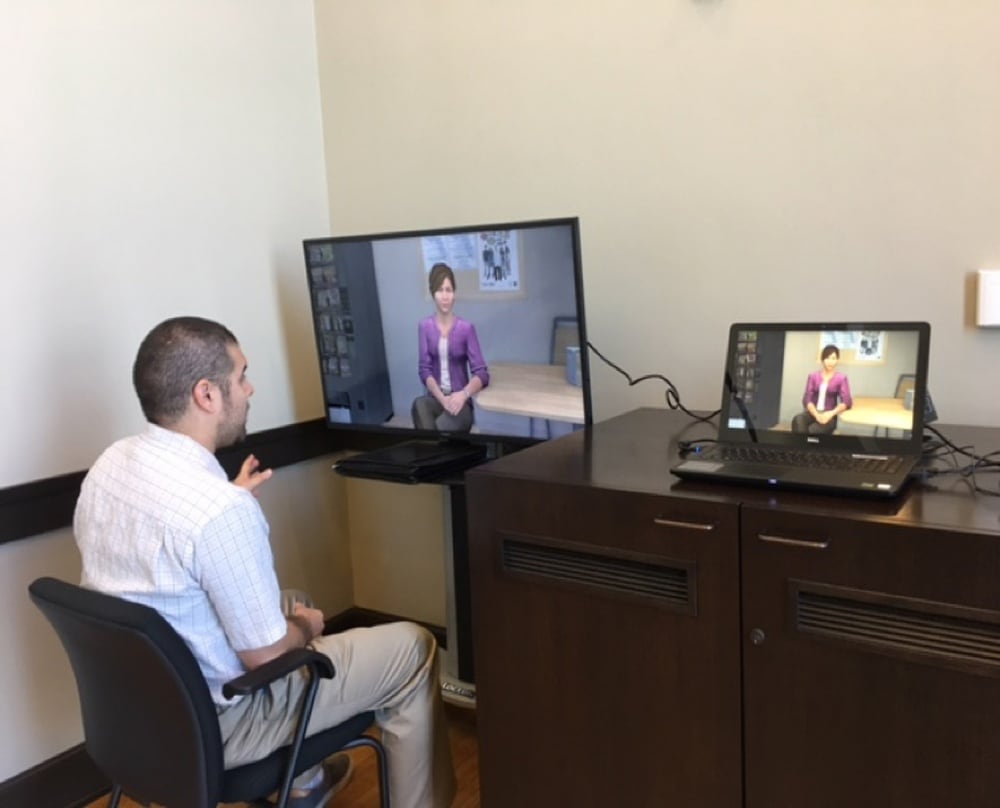Deep within the Army’s 2019 budget request, lies a program that, at first glance, reads like the plot of an episode from the futuristic series “Black Mirror.”
The program, formally known as Human-Virtual Human Interaction, is described in the Army’s research and development budget as an effort to create “virtual human computer-generated characters that look, communicate and behave like real people.” The document goes on to describe what exactly such behavior entails. “The virtual humans will be autonomous, use verbal and non-verbal communication, exhibit emotions, model their own beliefs, desires and intentions as well as those of others, and reason using advanced artificial intelligence.”
Yup. The Army is seeking to create virtual humans that model their own beliefs and desires, powered by advanced artificial intelligence.
The Human-Virtual Human Interaction program is run out of the Army’s Institute for Creative Technologies (ICT) at the University of Southern California. The goal of the program is to create virtual humans, powered by artificial intelligence, that mimic both the physical appearance and social intelligence of real humans, and then study how they interact. Picture hyper-intelligent video game characters that can carry conversations with users and socialize using human emotions.
Think almost of a significantly smarter, more articulate version of “The Sims.”
Once virtual humans are equipped with artificial intelligence, giving them the ability to learn and adapt as they interact with humans, the technology could offer an endless number of innovative opportunities, researchers said in a video providing a program overview. The service is already using virtual human technology for training seminars and mental health support, like the currently operational ELITE SHARP set of virtual human experiences, which allow users to learn and practice challenging interpersonal skills involved in addressing sexual assault.

While the Army is currently relying on virtual humans as a creative way to improve training and provide medical service, it’s difficult to imagine the technology’s realm of possibility ends there.
“The applications are limitless,” said Jonathan Gratch, the director for the virtual humans research program at USC’s ICT laboratory, Jonathan Gratch, in a video overview. “We don’t even yet begin to realize the potential we could use this technology for.”
The Army requested $2.63 million for the research program in fiscal 2019, which is a small increase from the $2.45 million it was allotted in 2018. According to the fiscal 2019 Army budget request , the researchers plan to “develop techniques that will allow virtual humans to automatically identify strategic emotional manipulation and defend against it,” as well as equip the virtual characters with the ability to engage in multiple conversations with larger groups of humans.
Peter Khooshabehadeh, a researcher on the Army’s virtual human program, added in a statement to C4ISRNET, “We are designing experiences wherein a virtual human might have more awareness about a user's effective state, inferred from real-time physiology classification, thereby opening possibilities for novel forms of human agent teaming."








